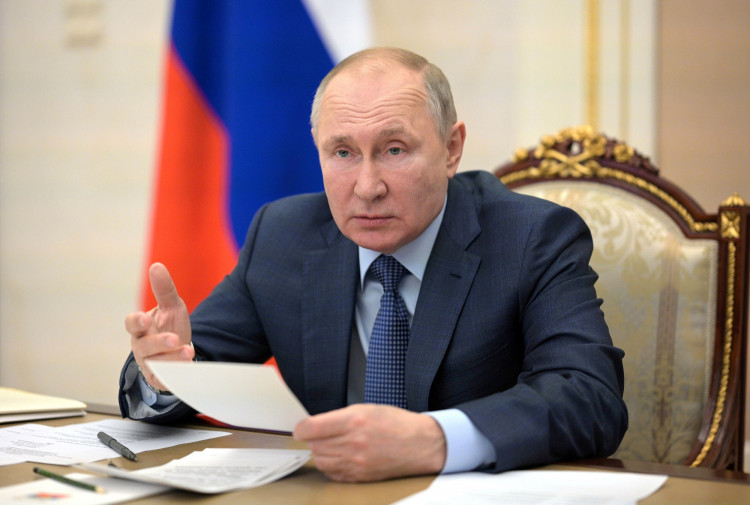Russia has accused Ukrainian troops of crossing into its Kursk region and launching a "massive attack." This incident, if confirmed, marks the first ground incursion of its kind from Ukraine and intensifies the pressure on Moscow in an area largely untouched by the two-year war.
The Russian Ministry of Defense, the Russian Investigative Committee, and the Russian Ombudsman for Children all reported that Ukrainian forces attempted to breach Russian defenses in the Kursk region, located just north of Ukraine's Sumy region. Russian President Vladimir Putin labeled the incursion a "large-scale provocation," accusing Kyiv of "indiscriminate shooting from various types of weapons, including missiles, at civilian buildings, residential structures, and ambulances."
Ukrainian authorities have remained silent on the claims, and CNN has not been able to independently verify the reports. According to Russian officials and military bloggers, Ukrainian forces attacked by land and air near the town of Sudzha, approximately six miles from the border. The Russian Ministry of Defense initially stated that the attack was repelled but later corrected this to indicate that "the enemy is being inflicted with fire damage."
The sudden escalation has led to significant turmoil in the region. Aleksey Smirnov, the acting head of the Kursk region, reported that several thousand people have evacuated the area over the past 24 hours. The motive behind such a large-scale Ukrainian attack remains unclear, particularly given the increased pressure on Ukrainian troops along the 600-mile frontline as Moscow continues its slow, grinding offensive.
The Institute for the Study of War, a U.S.-based conflict monitoring group, stated that geolocated footage published on August 6 shows damaged and abandoned armored vehicles roughly 4.3 miles north of the border. However, it could not confirm if these vehicles were Russian, Ukrainian, or both. The attack, if confirmed, represents a significant development in the conflict, even if its immediate impact is limited.
Vladimir Putin convened a meeting with top defense and law enforcement officials in response to the incursion. Official and unofficial Russian sources reported that a force of several hundred Ukrainian soldiers had crossed a lightly defended part of the border on Tuesday morning. The Russian Ministry of Defense claimed that the attack was being neutralized, with air and missile strikes and artillery fire resulting in 260 casualties and the destruction of 50 armored vehicles.
In televised remarks, Putin described the raid as a major provocation and indicated that he would discuss the situation with top security officials. Reports suggested a possible meeting of the Russian security council, though there was no official confirmation.
The incursion could be a strategic attempt by Ukraine to divert Russian resources from the heavily contested eastern Donbas front. Ukrainian defenses are stretched thin in this region, and diverting Russian forces could alleviate some pressure. However, some critics in Ukraine argue that such assaults have no long-term military purpose, as similar incursions by anti-Kremlin Russian groups in Belgorod and Kursk regions earlier this year were repelled without achieving strategic gains.
Information remains scarce, but the current operation appears to involve Ukraine's military rather than Russian opposition groups. Russia claimed that the attack was led by Kyiv's 22nd mechanized brigade and that fighting was ongoing around the town of Sudzha.
Speculation about potential targets includes the Kursk nuclear power plant, although it is 35 miles from the border, making it an unlikely target for a force of several hundred or thousand soldiers. The main operational gas pipeline into Europe, which runs near Sudzha, could also be a strategic target. This pipeline is crucial for Russian gas supplies to Europe, and its disruption could have significant geopolitical ramifications.
Russia has been steadily increasing its military presence in Ukraine, with an estimated force of about 520,000 soldiers, two to three times the size of the original invasion. Ukraine, meanwhile, faces challenges in mobilizing fresh recruits and has been pushed back in parts of the eastern front, particularly in the central Donbas region toward Pokrovsk.






